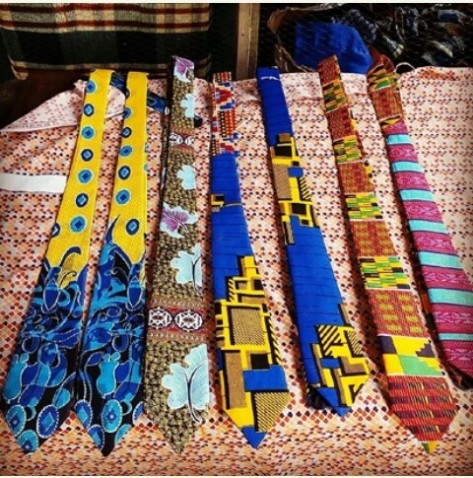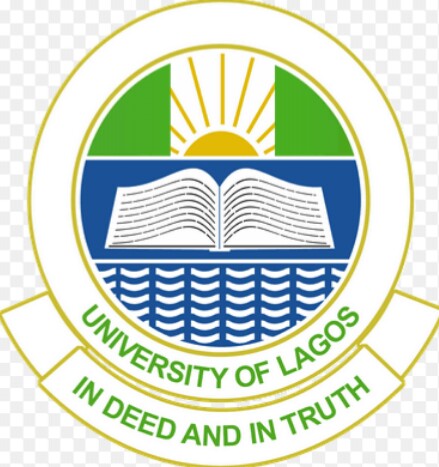The Academic Staff Union of Universities (ASUU) on Monday rated the two years administration of President Mohammadu Buhari poorly in public funded education.
ASUU noted that it will be difficult for any Nigeria university to effectively compete globally with the attitude of Buhari not to allocate enough funds as prescribed by UNESCO to support education.
Chairman, ASUU, University of Ibadan chapter, Dr. Deji Omole who stated this in a statement made available to journalists in Ibadan, lashed out at the Buhari administration for defrauding the people during 2015 campaign where he was alleged to have promised to fund public education with a minimum of 15 percent but noted that budgetary allocation to education nosedived further under Buhari two years of governance.
Omole said that the federal government must be held responsible for the growing rate of crime for failing to arrest youth through meaningful education and non-challant attitude to the problems facing the poor majority in Nigeria.
Omole who said the APC government has made Nigerians poorer, added that public education is poorly funded because the rich do not have their children schooling in Nigeria.
While accusing the president also of poorly equipping Health Institutions in Nigeria, the ASUU boss stated that many poor Nigerians have died of the same disease that has made the president to run to the United Kingdom.
He wondered why it has been difficult to build a world class Health facility in Nigeria for all Nigerians to have access to, recalling that the National Leader of APC, Bola Tinubu also ran out of Nigeria when he fell ill to be treated despite being in government for eight years in Lagos and controlling more states in South West.
Omole further stated that university workers have expressed terrible moments under Buhari with payment of fractional and amputated salaries, non-release of revitilisation grants in line with FGN/ASUU agreements and 2013 Memorandum of Understanding, and non-payment of academic earned allowances.
“On education; the govt has performed poorly as the budgetary allocation to education suffered a serious decline as against what the APC government promised. The government promised minimum of 15% but instead of moving towards that we are actually moving backward.
“Fractional salaries are paid to workers even though the cost of living is now more than triple. Non release of revitalization grant in line with ASUU/FGN agreement and MOUs , non payment of earned academic allowances . in fact no Nigerian university will be able to compete effectively with other universities abroad with the attitude of this government towards public funded education.”









